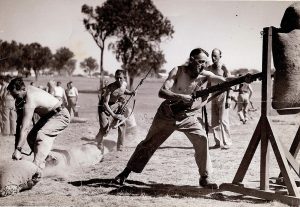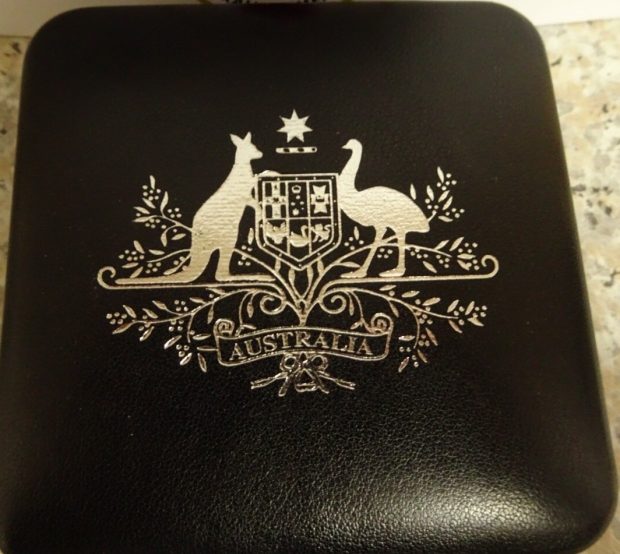Researching Relations and Persons of Interest for Army Personnel and Their Records
Ever wondered what those hero soldiers got up to during their times in the Army and away at war? This site will offer you several research methods to assist. Easy to follow instructions and if you get lost or need help use our contact e-mail.If you want to give us the details of your hero we will do the looking for you and then you just add stories and photos etc and we will build the profile. See the examples on this website.
The Research will be for Australian, British and New Zealand soldiers. Our aim is to bring to life the soldiers for all to know “Lest we Forget” as there are almost nil still with us.
*Research Locations are below the notes
How do I find and how do I present my information?
What is it that triggers one’s interest in wanting to find out about their ancestors? Who was the person I knew as my great grandfather? Was I adopted and if so who were my biological parents? Why did my mother keep letters, medals, and postcards in a small cabinet hidden on the top of her wardrobe? I found a pair of shorts with over 100 names written all over them that my grandfather-in-law brought back from World War II. Who made the shorts? What is the strange name on the title across the belt? Who are all the men being English, Australian, and New Zealanders? Who, what, when, how why…? The questions come thick and fast and keep you wondering.
After a while, you begin to search by asking your relations what they know. You join a search engine like Ancestry but it is difficult to use. You keep running into roadblocks and get disillusioned. Better still you find a snippet of information and this creates a burst of positive energy and you spend hours, days trying to add to the particulars you have.
The whole process becomes an obsession but it’s a feeling of euphoria as bit by bit you put the jig-saw pieces together. Conversely, you throw your arms up in defeat and leave well alone. But then again you do go back and peek or you stumble upon some information that just might fit…so back you go to your research.
All too familiar I know because I have been there and I and my partner have been hooked for years. The exciting part is twofold. We have become quite adept at researching and using the resources that are so plentiful and we have found the most amazing things that have helped others.
So we sat one day discussing what we had found and how far we had progressed and wondered how all you people out there were managing. We had our Names on a Pair of Shorts from World War II on the go and had asked people if they recognised any of the men who had signed these shorts.
Five people had a relation on the shorts and over 30 were interested in the Greece-Crete-Stalag VIIIB areas of the Second World War What struck us was that of the 35 people over 75% did not know that their soldier relations had a file of their wartime experiences in the NAA (National Archives of Australia). Further, they did not know how to get this file opened so that they could delve into the information.
That led us to offer to write a series of articles that would outline the research areas we have used and offer step-by-step instructions to using these. If these assist you then we will be very pleased, if you are ahead of the pack then good on you and maybe you can offer further help by sending in your research ideas.
Where do I Start?
If you are reading this article you probably have already started. You tend to fall over things that have been sitting around the house without you even noticing their significance.
A friend in Christchurch, New Zealand found the pair of canvas shorts in a box while he was cleaning up. He never knew they were there but boy has it got him going on research and communicating with people all around the World.
My partner lost her father in 1988 and in 2014 I asked her about his background and she couldn’t tell anything about his background before he married in 1958. She and her mother knew nothing about the paternal ancestry. This set off a chain reaction, joining Ancestry, writing to long most cousins, a fortnight trip through Queensland to follow the family wanderings from Tyalgum to the Daintree 1926 – 1936, meet relations, and so on. This was followed up with a further trip in 2015 to stay with cousins in Queensland and to collect information and photographs. We also went to Daylesford in Victoria as this was where the first immigrant family began their Australian dream.
1, Focus on one thing that takes your interest. It could be a person, a family name, an item (such as the pair of shorts), an event (Crete War), a query, a vague but intriguing story…
2. Ask relations or others who may know something and build a story map of words as information pops up no matter how vague.
Shorts – canvas – Chamberlain – New Zealand – wife – Christchurch – World War II – Crete – Stalag VIII – Tymbakion – list of names on the shorts and information about these men –
You can see how quickly your search area develops.
3. Start your research. “Small steps” if starting out. Things will explode rather quickly. Learn to use the search engines, Google search, and the many archives around the World. We are lucky in that the computer has made it possible to find huge amounts of information quickly and to organize this in an easy to use fashion.
4. If you are finding lists of names then a spreadsheet is worth the time and effort. Xcel is barely a click away and using headings that focus on your aim will sort out what is otherwise a jumble of names.
| Surname | Given name | rank | serial number | unit | deployment | pow camp | pow number | DOB | DOD |
How do I plan it all out and not get muddled?
5. The paper notes are a trap as you will end up with copious bits of paper all over your desk and house, Some will even be repeated. Many won’t even have a title. Organize your computer files Iin a way that the information that relates is in a clearly titled fil. If you are publishing set up a file for completed articles and so on.
My Father (Name) = Birth to work
Work = shearing
= Rabbit trapping = Kojonup rabbits = 1080 = Nullabor
Family = Wife = Early Life = married life = War Years
War Years = Joining up = North Africa = Greece War = Crete War = POW
Continue to tease out the significant parts and an overall file for sections. Add and subtract as you go.
Any notes, references, photos, memorabilia are added to the appropriate file
6. Select one file to begin writing up your stories then move to the next. You need to just ‘get it down’ initially as you can return to edit and add ideas.
How will I present my research notes?
7. Why are you researching your topic for and how will you present it should be in the back of your mind as you progress. Will it be as a book, a website, a PowerPoint display, and so on
Best wishes with your project.
* Research Locations



POW Memorial Ballarat

More to come……..
